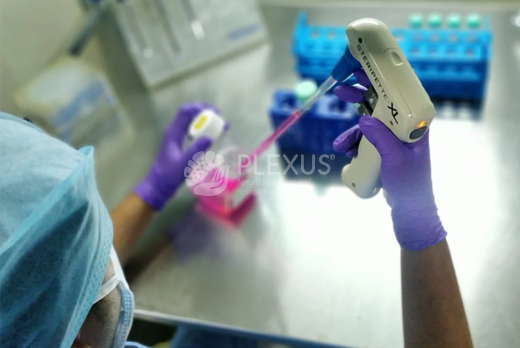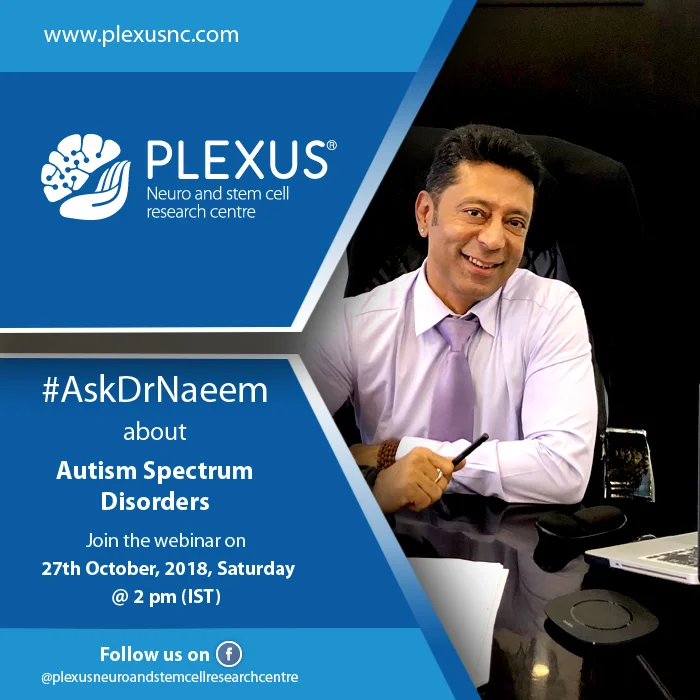- About Us
- Cell Therapy
- Neurology
- Disorders
- Services
- All Therapies
- Regenerative Rehabilitation
- Rehabilitation for Stroke
- Rehabilitation for Spinocerebellar Ataxia
- Parkinson’s Disease Rehabilitation
- Multiple Sclerosis Rehabilitation
- Rehabilitation for Spinal Cord Injury
- Rehabilitation for Motor Neuron Disease
- Rehabilitation for Cerebral Palsy
- Brachial Plexus Injury rehabilitation
- Rehabilitation for Global Developmental Delay
- Childhood Disorders Clinic
- Outpatient Services
- Ask a question
- Request an appointment
- About Us
- Cell Therapy
- Neurology
- Disorders
- Services
- All Therapies
- Regenerative Rehabilitation
- Rehabilitation for Stroke
- Rehabilitation for Spinocerebellar Ataxia
- Parkinson’s Disease Rehabilitation
- Multiple Sclerosis Rehabilitation
- Rehabilitation for Spinal Cord Injury
- Rehabilitation for Motor Neuron Disease
- Rehabilitation for Cerebral Palsy
- Brachial Plexus Injury rehabilitation
- Rehabilitation for Global Developmental Delay
- Childhood Disorders Clinic
- Outpatient Services
- Ask a question
- Request an appointment
Here’s your guide to Sports Injuries
Have you heard of tennis elbow, golfer’s elbow or rotator cuff injury? These are some painful chronic conditions which occur as a result of repetitive strain or direct trauma to the muscles and joints during a physical activity. Living with sports injuries is difficult as they take a long time to heal and affect one’s mobility.

Do you remember cricketer Usman Khawaja’s sports injury in 2018? Well, it made headlines at the time. The Australian batsman had suffered a meniscal tear that kept him out of action for a month.
Despite the name, sports injuries are not limited to athletes. For every cricketer who sprains their shoulder or footballer who has a tendon tear, there is a non-athlete who experiences the same during their morning run or evening workout.
However, you may be wondering why choose Plexus for Sports Injuries, since it is widely known to treat neurological conditions. Plexus specializes in Cell Therapy, which is established as a successful form of treatment for Sports Injuries.

Decoding Sports Injuries
The term sports injury — in the broadest sense — refers to the kinds of injuries that most commonly occur during sports or any physical exercise. They usually involve the muscles, bones, and associated tissues like cartilage.
There are two kinds of sports injuries:
- Acute Injuries: An injury that occurs suddenly, such as a sprained ankle due to an awkward landing. Some of the symptoms are severe pain, swelling, sensitivity in the affected area, and an inability to move.
- Chronic Injuries: They develop slowly and are characterized by swelling, pain while performing an activity, and a dull ache when at rest. They are caused by repeated overuse of muscle groups or joints.
Types of Sports Injuries
In the world of athletic endeavors, there are many common sports injuries such as sprains, strains, inflamed tendons, rotator cuff injuries, and others. Here we have compiled a list of common sports injuries
Meniscal Tears
01 Meniscal Tears
The menisci are two rubbery wedges of cartilage that act as shock absorbers and smooth cushions for the thigh bone. Any damage to the inside of the knee can result in a torn meniscus. It is common in sporting activities that involve jumping or twisting, such as volleyball or soccer.
Knee Sprains
02 Knee Sprains
Knee sprains are extremely common in sports. They occur when the knee is overextended or moved unnaturally, the ligaments that hold the knee together are unable to support the movement. There are varying degrees to them, depending on their severity.
Tendon Tears
03 Tendon Tears
Often referred to as a jumper's knee (since it is common among athletes who are involved in running or jumping sports), it is an injury to the tendon that connects the kneecap to the shinbone. Landing awkwardly after coming down from a jump or a severe fall can cause a stretched tendon due to the direct force to the knee.
Rotator Cuff Tear
04 Rotator Cuff Tear
A rotator cuff is a group of muscles and tendons that hold the bones of the shoulder joint together. It provides individuals with the ability to lift their arms and reach overhead. A repetitive stress injury or overzealous, overpowered arm swings may tear or rip any of these tendons.
Shoulder Instability
05 Shoulder Instability
When muscles and ligaments that hold the shoulder together stretch beyond their normal limits, they become unstable. Such an injury can cause pain that comes on either quickly or gradually, and most commonly occurs in contact sports in which athletes repeatedly fall on their shoulders.
Shoulder Impingement
03 Shoulder Impingement
Often referred to as the swimmer’s shoulder or thrower’s shoulder, it is caused by excessive rubbing of the shoulder muscles against the top part of the shoulder blade. It commonly occurs in sporting activities such as throwing, racket sports, or swimming.
Shoulder Bursitis
03 Shoulder Bursitis
Inside each of your shoulders is a tiny, fluid-filled sac known as a bursa that helps reduce friction between the bones in your joints. When the bursa in your shoulder becomes inflamed or swollen, it leads to a condition known as shoulder bursitis.
Symptoms of Sports Injuries

Causes of Sports Injuries
- Accidents, such as falls
- Bad habits with exercise, such as not warming up or stretching enough
- Lack of safety equipment, or gear that’s damaged or worn incorrectly
- Shoes that don’t fit well or provide enough support during exercise or sports
- Sudden start to an exercise program or significant increase in physical activity
Lack of safety equipment, or gear that’s damaged or worn incorrectly
Lack of safety equipment, or gear that’s damaged or worn incorrectly
Treatments of Sports Injuries
Cell Therapy
01 Cell Therapy
Cell Therapy for Sports Injuries has provided a new ray of hope for patients. It is a form of regenerative medicine that uses autologous mesenchymal cells from the patient’s bone marrow to repair the damaged cells within their body.The cells migrate to the site of injury and release growth factors that kick-start the natural repair mechanism of the body and hasten recovery.

Physical Therapy
02 Physical Therapy
Physical Therapy and sports rehabilitation helps increase strength and improve function and mobility in patients with Sports Injuries through targeted exercises. A physical therapist evaluates the patient’s functional ability and creates a personalized physiotherapy regimen to heal and strengthen affected body parts.

Our treatment program at Plexus
Sports Injuries can take a long time to heal or never fully heal at all. At Plexus, Dr Na’eem Sadiq and his expert team provides the best Cell Therapy to patients as an alternative to conventional medicine, with proven results. We use autologous mesenchymal cells from the patient’s bone marrow to treat a wide variety of sports injuries, including damage to tendons, ligaments, muscles, and cartilage. What’s more is that the non-invasive nature of our Cell Therapy helps to repair and improve functional plasticity following sports injuries compared to traditional methods.
What our patients say
Abhishek Das (name changed)
“I got into a major football accident that left me with a meniscal tear. Dr Na’eem Sadiq and his therapists helped me to recover completely with a range of treatments, including Cell Therapy and Physical Therapy over a period of three months. I am extremely pleased with Plexus, and I would advise my friends and family members to not let their minor injury turn into a major one. After all, prevention is better than cure!”
Prasanjith (name changed)
"After I suffered from a painful shoulder impingement condition, I was barely able to do bowling. Any slight movement at my shoulder was extremely painful. I did not want to undergo surgery and wanted to try cell therapy. After taking treatment at Plexus, my pain has reduced by 80 percent and my shoulder movement has become a lot better. I am easily able to raise my arm up without any discomfort. I am excited and preparing to get back to the field now."
FAQs answered
Cells help to reduce inflammation and pain in the affected joint, facilitate repair of torn tissues, and restore joint mobility and functions.
No, patients with extensive damage and loss of tissue do not qualify for Cell Therapy and require surgery.











